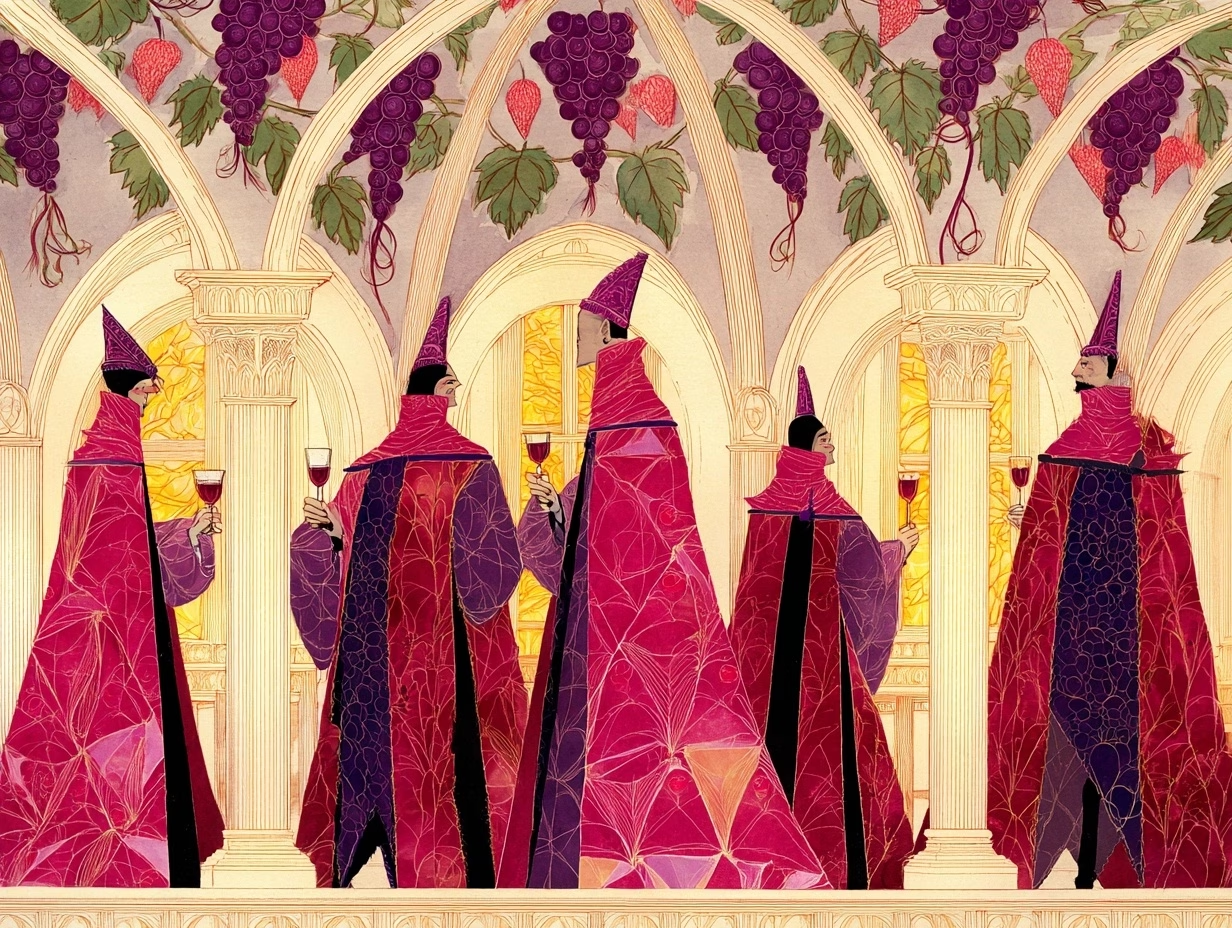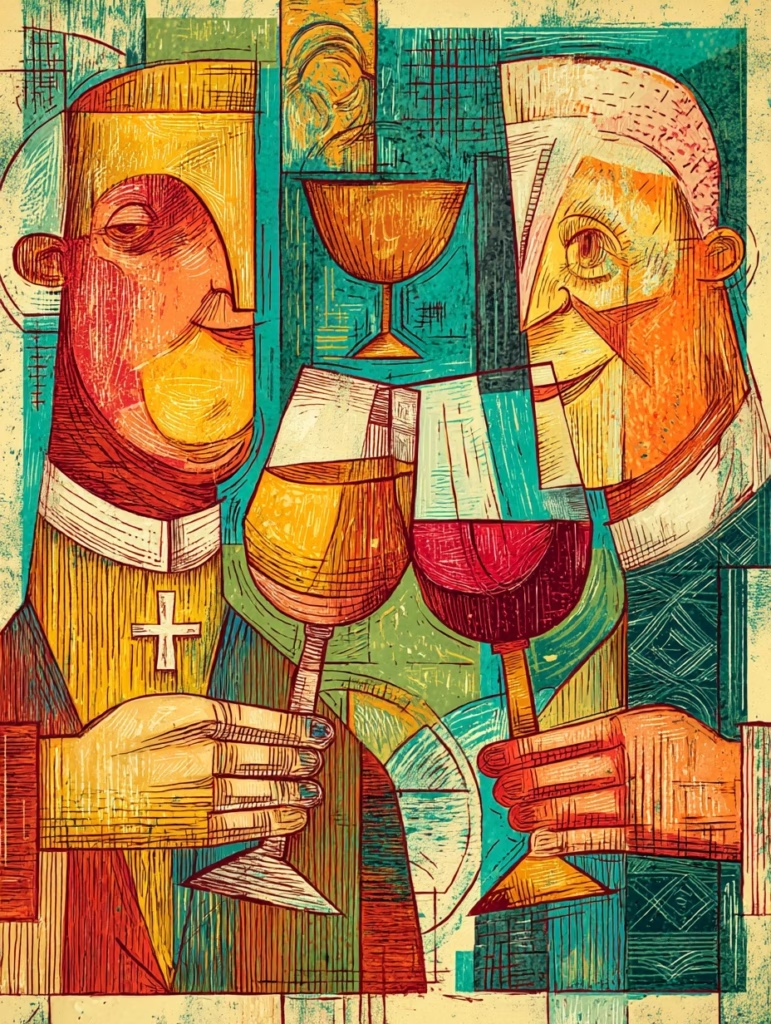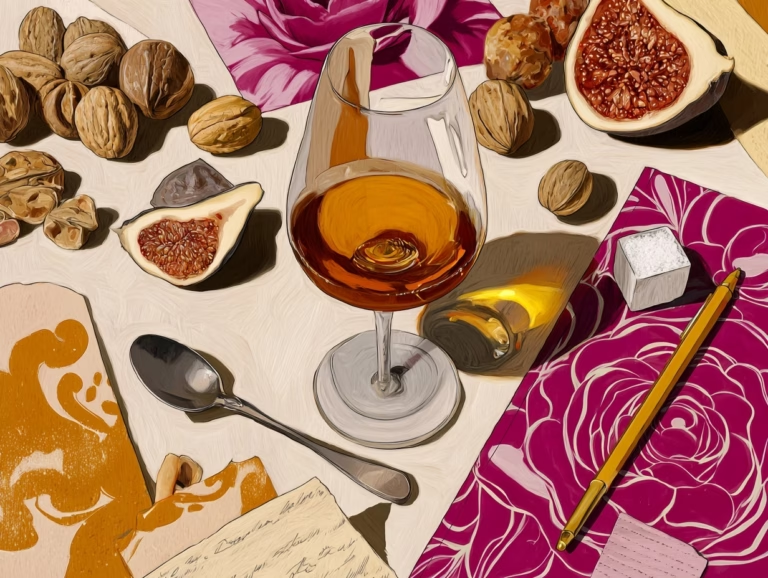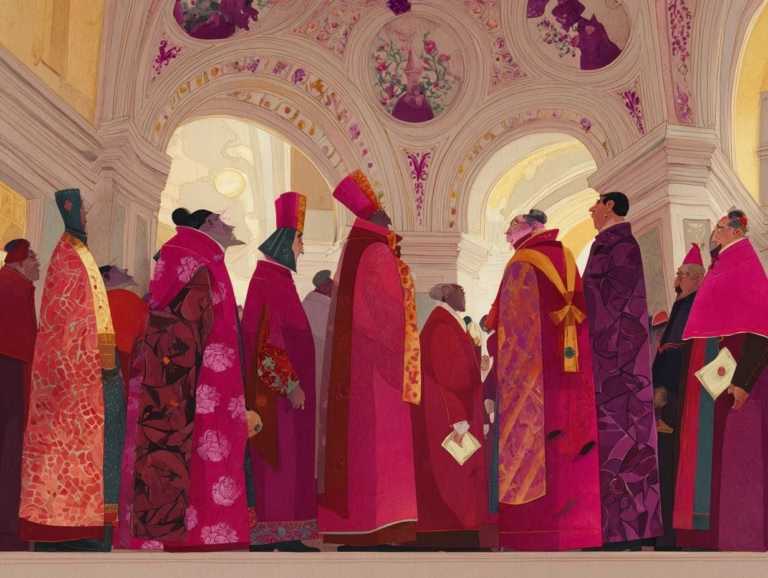Pouring One Out for Pope Francis, a Peek into Vatican Wine
Pope Francis likened wine to the journey of life itself, observing "while the heart remains with the youth of good wine – the more it ages the better it is."

On the world stage, few figures embodied humility, humor, and humanity like Pope Francis. As the first Jesuit and first Latin American pontiff, his papacy brought a modern, compassionate lens to papal tradition. He rode in a Ford Focus. He posed for selfies. He was on Instagram. And he reminded us, time and again, that joy is a sacred act of resistance in a suffering world.
He also led with an unmistakable tenderness toward those historically cast aside by the Church. His message to LGBTQ+ Catholics—”Who am I to judge?“—was not a doctrinal revolution (after all, the Catholic church still refuses to marry same-sex), but it was a deeply human one. He urged a Church that listens more than it lectures. Though the institution moves slowly, his words have sparked conversations, opened long-closed doors, and offered spiritual belonging.
That spirit of inclusion, of making space at the table, was part of how he lived. And in the Catholic faith, few things symbolize table and communion more than wine.
Here’s a plot twist: The Pope’s wine game is stronger than your college roommate’s
Here’s a fun fact that’ll make your next wine night conversation: the Vatican is literally the highest per-capita wine-consuming country in the world. We’re talking 74 liters per person annually—that’s nearly 100 bottles each year for every resident.
To put that in perspective, that’s like having a glass of wine almost every single day. And honestly? We’re not mad about it.
Quick Stats That’ll Blow Your Mind:
- Vatican population: Under 1,000 people
- Annual wine consumption: 74L per person
- That’s roughly: 2-3 glasses of wine daily per resident
- Fun comparison: Italy (the country) averages about 46L per person
Why the Vatican’s Wine Culture Makes Total Sense
Before you start picturing Swiss Guards doing keg stands, let’s break down why this actually makes perfect sense:
Wine and the Spirt of Communion

It’s partially statistical quirk: a small population where wine is part of almost every official meal and religious observance. But it’s also something deeper. In times of joy, it blesses. In times of mourning, it comforts.
Wine isn’t just a drink in Catholic tradition—it’s literally sacred
From the Eucharist to monastery meals, wine has been woven into religious life for centuries. Think of it as the original farm-to-table movement, where monks were basically the first sommeliers, perfecting winemaking techniques that we still use today.
Pope Francis once said, “Water is needed to live, but wine expresses the abundance of the banquet.” And honestly? That’s the kind of wine philosophy we can get behind.
The Jesus Connection (Because Obviously)
Remember that whole water-to-wine miracle at Cana? Yeah, that wasn’t just a party trick—it was setting the tone for wine being part of celebration, communion, and connection. The Vatican is basically carrying on a 2,000-year-old tradition of understanding that wine brings people together.
What We Can Learn About Wine Selection
Here’s where it gets interesting for us regular wine drinkers. The Vatican’s approach to wine teaches us some seriously valuable lessons about choosing bottles:
1. Quality Over Quantity Mindset
The Vatican doesn’t just chug any old bottle. Their wine selection focuses on:
- Regional authenticity (supporting local Italian vineyards)
- Traditional winemaking methods (those monks knew what they were doing)
- Wine as part of ritual and celebration (not just Thursday night stress relief)
2. Wine as Connection, Not Just Consumption
Pope Francis nailed it when he compared wine to life’s journey: “the heart remains with the youth of good wine—the more it ages, the better it is.”
Translation for your wine shopping: Look for bottles that tell a story. Whether it’s:
- A family vineyard passed down through generations
- Sustainable farming practices that connect to the earth
- Regions with deep winemaking traditions
3. The Power of Ritual
The Vatican uses wine to mark moments—both joyful and solemn. You can apply this by:
- Choosing special bottles for meaningful occasions
- Creating your own wine rituals (Sunday dinner wines, celebration bottles, etc.)
- Understanding that the experience matters as much as the taste
Your Vatican-Inspired Wine Shopping Guide
Ready to channel some papal wine wisdom? Here’s how to shop like you’re stocking the Vatican cellar:
For Everyday Communion (Under $20)
- Italian Chianti Classico: Honoring Vatican tradition with Tuscan excellence
- French Côtes du Rhône: Reliable, food-friendly, historically significant
- Spanish Tempranillo: Bold, earthy, perfect for contemplation
For Special Celebrations ($20-40)
- Châteauneuf-du-Pape: Literally “Pope’s new castle”—the papal connection is real
- Barolo: The “king of wines” from Northern Italy
- Burgundian Pinot Noir: Elegant, complex, worth the investment
For Once-in-a-Lifetime Moments ($40+)
- Aged Brunello di Montalcino: Like Pope Francis said—gets better with age
- Vintage Champagne: For those truly sacred celebrations
- Super Tuscan blends: Modern classics with ancient roots
The Bottom Line
The Vatican’s wine consumption isn’t about excess—it’s about understanding wine’s role in human connection, celebration, and tradition. Pope Francis embodied this perfectly: humble, authentic, and always ready to make space at the table.
So tonight, pop on Conclave and pop open a bottle in memoriam—whether it’s a bold Malbec to honor Pope Francis’s roots, a humble table wine, or a vintage saved for a moment that matters. Raise your glass not only in tribute to a pope, but to the simple, sacred truth he championed: that love, joy, and communion are worth savoring. Because to drink wine, truly, is to partake in the journey of life: its sweetness, its depth, its evolution, its occasional bite, and its persistent beauty.
So next time you’re standing in the wine aisle feeling overwhelmed, channel some Vatican energy. Ask yourself: Does this bottle have a story? Will it bring people together? Does it honor the craft and tradition of winemaking?
- Choose wines with stories that resonate with you
- Don’t be afraid to invest in bottles for special moments
- Remember that wine is meant to be shared and celebrated
- Trust in traditions—they’ve survived for good reasons
And hey, if it’s good enough for the Pope’s table, it’s probably good enough for your Tuesday night pasta dinner.
To Pope Francis—who walked with the people, who led with humility, and who reminded us that even a glass of wine can be a form of grace.


